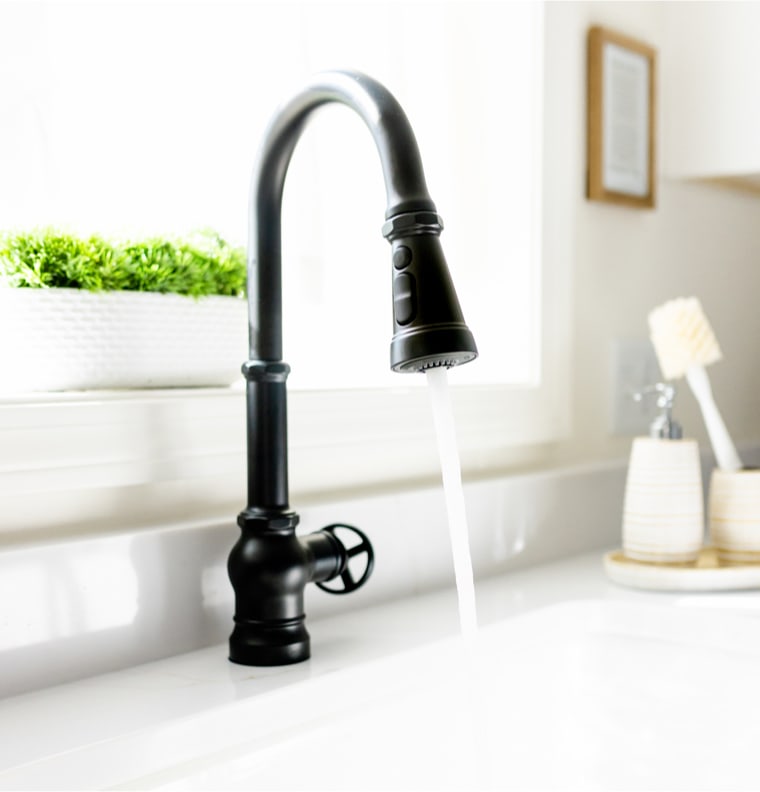Is Radon in Water Really Dangerous?

Radon is a naturally occurring radioactive gas found in soil and rock, known to be harmful when inhaled. But is radon and water really dangerous? In this comprehensive exploration, we will delve into the scientific reasoning behind the potential risks of radon and water, drawing from the guidelines provided by the EPA as well as New Hampshire’s regulatory authorities. We will also discuss the various filtration methods available to eliminate radon from your water supply, ensuring that your water is safe and healthy to drink.
Understanding Radon in Water
Radon is an odorless, colorless gas that is produced naturally from the radioactive decay of uranium, thorium, and radium in the soil. It can enter buildings through cracks and gaps in the foundation, posing an inhalation risk. Radon can also dissolve into groundwater, and when you use water that contains radon for activities like showering, washing dishes, or drinking, you can be exposed to radon not only through inhalation but also ingestion.
Well water ranges from terrible smells and corrosive effects to visibly chemically clear. But even if it may not appear to be contaminated, 1-in-3 private wells in NH have unsafe levels of arsenic, and some are tainted with radon.
The Risk of Radon Exposure
The primary concern with radon exposure is it’s linked to lung cancer. It is the second leading cause of lung cancer in the United States, responsible for approximately 21,000 lung cancer deaths annually. Please note that the risk arises when radon gas is inhaled, not when it’s ingested in water. While inhalation of radon gas is the predominant concern, ingesting water containing high radon levels can still contribute to overall radon exposure or lead to other internal organs forming cancer. Hence the presence of radon in your water is still considered a potential health risk.
The US Environmental Protection Agency or the EPA has established guidelines and regulations to address radon and water. They recommend that homeowners take action if their water contains radon at levels above 4,000 picocuries per liter. The EPA emphasizes that this action level is based on the balance between the risk of lung cancer due to radon inhalation and the risks associated with radon ingestion.
Radon in New Hampshire Water
New Hampshire is known for its Granite bedrock, which can contain naturally occurring radon. As a result, the state has its own guidelines and regulations related to radon and water. In New Hampshire, the Department of Environmental Services, or the NHDES, has set a lower recommendation action level of 2,000 picocuries per liter for Radon and water, reflecting the state’s unique geological characteristics.
Removing Radon in Water
Fortunately, there are effective filtration methods to remove radon from your water supply, reducing the health risks associated with ingestion.
You can use Aeration or Granular Activated Carbon (GAC) Filtration.
Aeration. The EPA recommends aeration as the best available system for removing radon from water. Home aeration units expose the water to air, allowing the dissolved radon gas to be collected and vented to the outside. With new technological advancements in home aeration, these units can have up to 99.9% radon removal efficiency.
GAC filtration. GAC filtration involves passing water through a bed of activated carbon, which absorbs radon gas. GAC filters are known for their effectiveness and reducing radon levels and are relatively low maintenance. These filtration systems can also provide protection from other carcinogens and chemicals that might be in your water.
You may want to consider installing a point of entry or a point of view system. Point-of-entry systems treat water at the entry point to your home, while point-of-use systems like under-sink filters treat water at specific faucets. These systems can incorporate various technologies, including aeration or GAC filtration, to eliminate radon.
Eliminating Radon in NH Water
Radon and water can be a potential health risk, significantly, when they exceed recommended levels set by regulatory authorities like the EPA and New Hampshire’s NHDES. While the primary concern related to radon exposure is through inhalation, ingestion of radon-contaminated water can contribute to overall exposure. The scientific reasoning behind the potential dangers of radon and water is well established, focusing on the link between inhalation and lung cancer. Homeowners in New Hampshire are encouraged by the state to reduce their exposure when these limits are exceeded, especially if they have recently built a home and had to dig into bedrock or rely on a water well for their daily use. Various filtration methods, including aeration or granular activated carbon filtration and specialized radon removal units, are available to effectively eliminate radon from your water supply. Ultimately, the importance of addressing radon and water cannot be overstated, as it represents a critical aspect of safeguarding your health and that of your loved ones.
Using NH Tap to Remove Radon
We make shopping for a water filtration system easy.
- NH Tap assesses your water quality.
- We suggest the system that best serves your home, reviewing our Reverse Osmosis Filter vs. our Absolute Whole Home Water Filtration System (for well water) and our Mainframe Whole Home Water Filtration System (for municipal water). If you need a Radon Test and/or Removal System, we will go over the details of that decision.
- Get your custom quote.
- Enjoy quick installation within 1-3 weeks from water testing.
- Relax, knowing your family is drinking and using the cleanest water possible.
Are you concerned about radon or other chemicals in your water supply? Contact us today to set up your water test.
Return to Articles